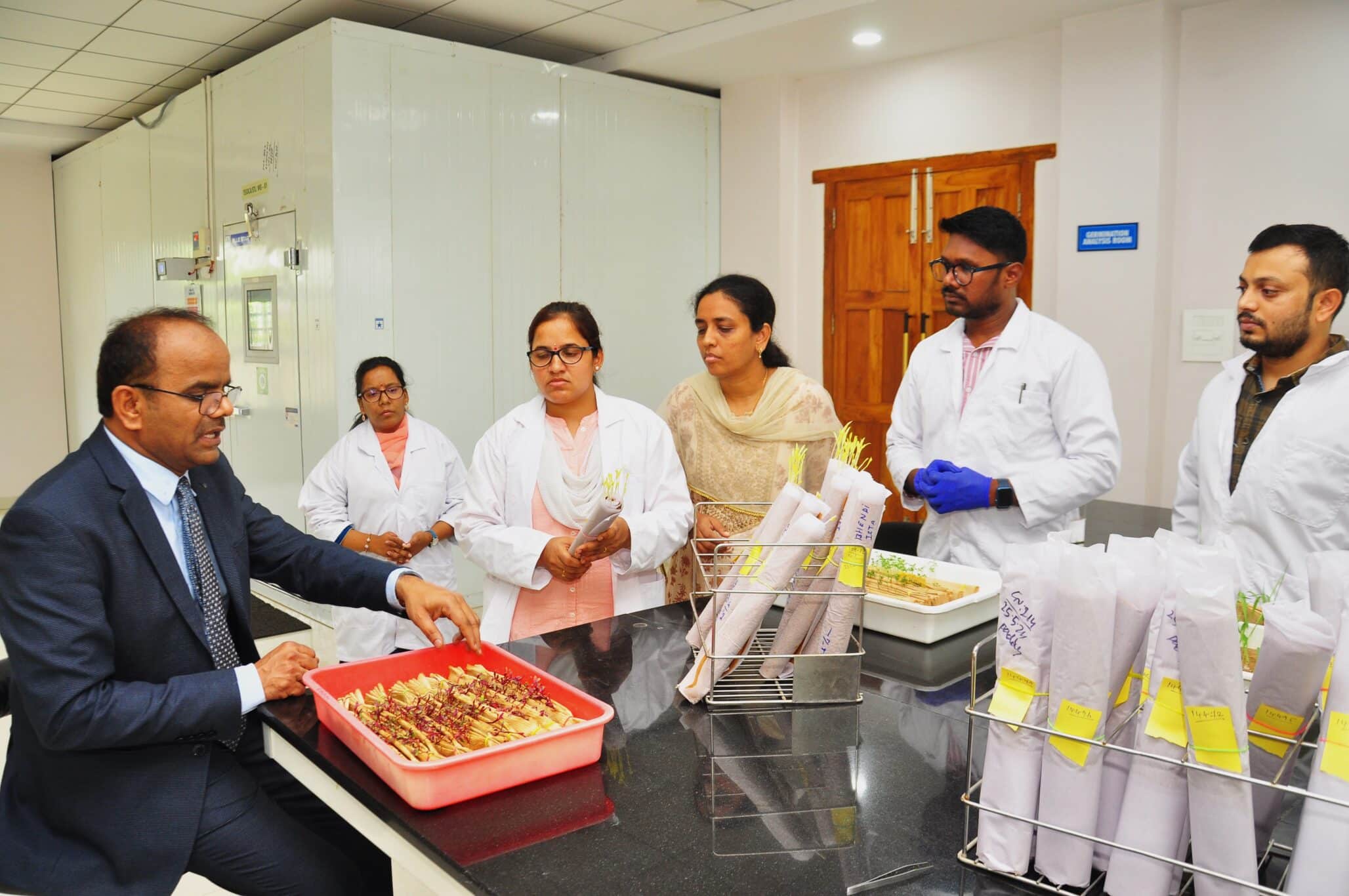
In mid-February it became clear that novel coronavirus 2019 (COVID-19) is going to spread around the world. Leading health experts estimate that between 25-70% of the population in an infected country may catch the disease. Early data from China suggests that 80% of those cases will be mild, 15% will require in hospital treatment, and 5% will be severe. As of March 2, 2020, China, Japan, South Korea, Iran, and Italy are most effected by the virus, however other countries are preparing as the number of cases rises.
The United States Center for Disease Control (CDC) noted that for the general public, non-healthcare professionals, the risk of exposure to COVID-19 is low. The CDC goes on to say that it is advising all employers to take the following steps to reduce the risk of exposure. First and foremost is to encourage all sick employees to stay at home. Most schools have a 24-hours with no fever policy, so should workplaces. Employees should not return to work until they are fever-free for 24-hours without medicine.
First and foremost is to encourage all sick employees to stay at home. Most schools have a 24-hours with no fever policy, so should workplaces.
COVID-19 is super-charging a conversation that has been picking up steam for years, remote work. Companies that avoided adopting telework policies can no longer hide. A survey conducted by AgCareers.com in 2015 indicated that 60-70% of employers offer some version of work from home for their employees. Remote options are a growing trend and a major factor to attracting top talent. This is true across agriculture. In rural locations it difficult to attract top talent, especially when small towns might not have amenities these people need, like jobs for spouses, daycare options, or other services. In bigger cities, commute times are long, and teleworking options are extremely enticing to employees.
Teleworking policies will be necessary as COVID-19 spreads, but they will be helpful long after this crisis is over. There are a lot of data, webinars, and articles about how to be an effective teleworker and how to manage teleworkers.












